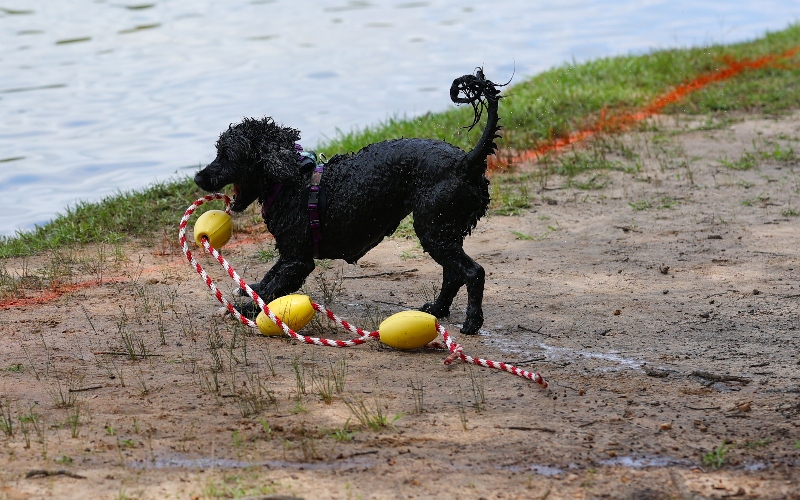A sense of wonder
Published 8:00 am Tuesday, March 29, 2022
|
Getting your Trinity Audio player ready...
|
Many years ago I read Rachel Carson’s book Silent Spring, and then re-read a copy of the book loaned to me by Chuck Hearon. When I took the book back to Chuck, he pointed out that the most important message of the book is in the last paragraph on the last page. I cannot remember the words exactly, but the message is that we need to look and feel nature with a “sense of wonder.” So, that’s what I’ve been doing, and that’s what I’m trying to instill in our granddaughter Lucy every week when we have our Friday nature lessons. We look at the trees and try to imagine how they get their food. How do they breathe? And how does the food get through their body? How do they have the strength to stand upright? How do they protect themselves? Well, they get their food from the earth, they breathe through their leaves, their heartwood keeps them upright and their bark protects them.
Yes, this is very elementary in terms of real science, but it is appropriate for a 7 year old. Then we try to answer those same questions for us. How do we humans get our food (from the earth) and how do we breathe (through our lungs) and how does food get through our body (through our internal organs) and how do we stand upright (with our bones) and how do we protect our bodies (with our skin)?
Trending
I don’t know what all this has done for Lucy, but it has instilled in me a renewed “sense of wonder” that has brought a sense of oneness with creation that is very comforting. Even Lucy has said to me, while lying on a fallen tree in the middle of the woods, that being in nature brings a sort of ‘peace’ that is hard to explain. And all I could say in reply was “yes”.
I read a podcast nearly every day by Richard Rohr, an American Franciscan priest and writer on spirituality. Today I am ending with one of his daily readings. Excuse me if it is a bit ‘religious’ for some folks, but I found it worth reading and re-reading. It indeed brings us towards that ‘sense of wonder’ that is so important in order for us to respect and honor all life, in hopes that we may all survive.
“I learned over the weeks and months of sitting [in nature] in quiet solitude that I am a lot like the oak tree that clings so fiercely to its leaves. I suspect a lot of us are. We, too, clutch our camouflage—the person we present to the world, to our own selves, and even to God. We, too, are unwilling to shed our false selves, to let go, to live vulnerably and authentically. . . .
Sitting in silence every day helped me see that my ‘leaves’ of choice are busyness and productivity, drive and efficiency, achievement and success. . . . I clung with an iron grip to my false self, to the false identity I’d meticulously crafted over the years. I was busy, productive, and driven. I pushed myself to accomplish, achieve, and succeed. . . .
Marsha [a tour guide] explained to me one time that a particular Japanese gardening technique called ‘open center pruning’ was responsible not only for the sculptural appeal of this maple, but also for the uncluttered space and serenity in the garden as a whole. When a Japanese gardener ‘prunes open,’ Marsha explained, he or she cuts away not only dead branches and foliage, but also often a number of perfectly healthy branches that detract from the beauty inherent in the tree’s essential structure. Pruning open allows the visitor to see up, out and beyond the trees to the sky, creating a sense of spaciousness and letting light into the garden. It also enables an individual tree to flourish by removing complicating elements, simplifying structure and revealing its essence. The process of pruning open turns the tree inside out, so to speak, revealing the beautiful design inherent within it.”
Trending
Nature can teach us to live like the Japanese maple tree, to root ourselves like a tree by the stream. Let the earth nourish our true essence. Take time to listen, and to smell, and to wonder at the miracle of life that surrounds us.





